Are you ready for the technological revolution that’s about to transform everything? How will you adapt when AI makes decisions faster than humans, quantum computers break impossible problems, and blockchain rebuilds our financial systems? Tech moves at lightning speed, and staying informed isn’t just smart—it’s essential for survival. As breakthrough innovations reshape entire industries overnight, the winners will be those who saw the changes coming. These 20 technology trends will define our collective future, each offering unprecedented opportunities for those prepared to seize them. From artificial intelligence to augmented reality, the transformative potential is staggering. What side of history will you be on—leading the charge or struggling to catch up? The future isn’t just coming—it’s already here. Let’s explore how to position yourself for success in this brave new world.
20. Artificial Intelligence and Machine Learning
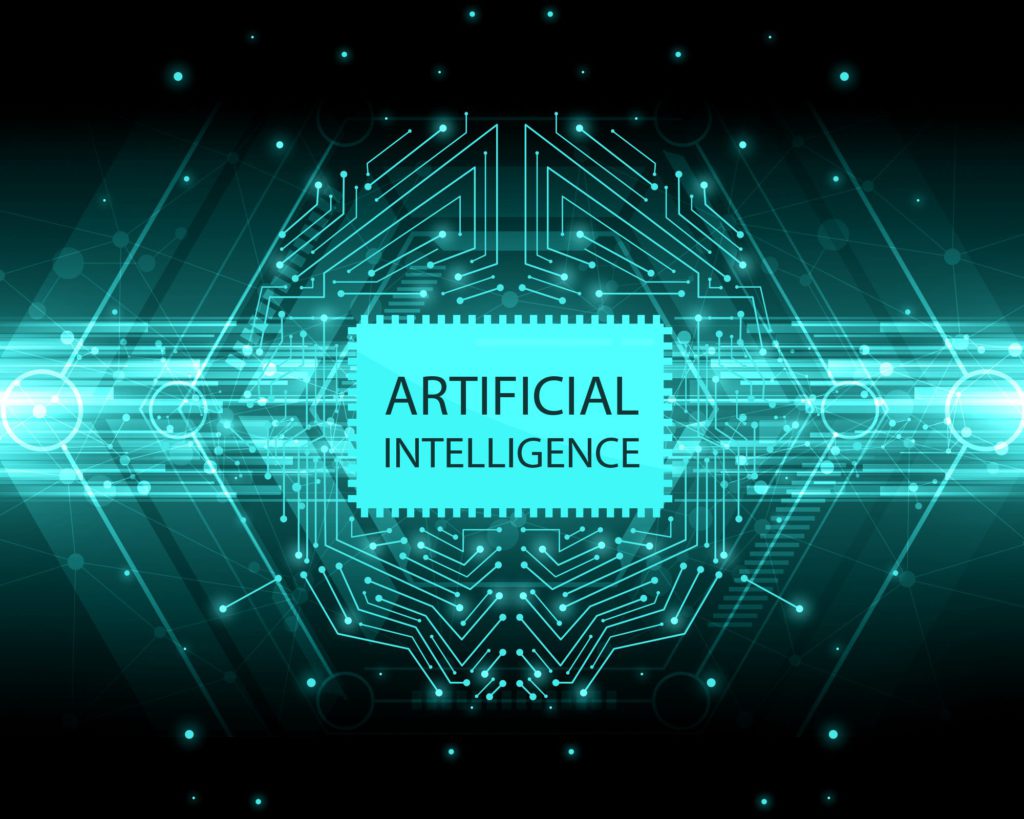
Businesses struggling with data overload are finding salvation in AI and ML technologies. These revolutionary tools transform healthcare diagnostics, financial fraud detection with 95% accuracy, and countless other industries. AI algorithms make diagnoses more accurate and treatments more personalized. By 2025, the global AI market could hit $190 billion.
Business leaders understand the potential, with 72% considering AI a “business advantage.” Yes, automation raises questions about jobs, with 85 million positions potentially at risk by 2025. We must tackle algorithmic bias head-on. AI’s massive economic impact—projected at $15.7 trillion by 2030—makes addressing these challenges worthwhile.
19. 5G Technology

Data speeds up to 20 Gbps are transforming how we connect with the world. The 5G revolution delivers ultra-low latency of just 1 millisecond, enabling smart cities to operate more efficiently and autonomous vehicles to navigate more safely. IoT networks now support 1 million devices per square kilometer.
Experts project this market to reach $797.8 billion by 2030. Challenges remain—infrastructure costs may hit $2.7 trillion globally by 2025, and rural areas still lack coverage. Nevertheless, 5G’s economic contribution could reach $2.2 trillion by 2034, fundamentally reshaping our digital landscape.
18. Internet of Things (IoT)
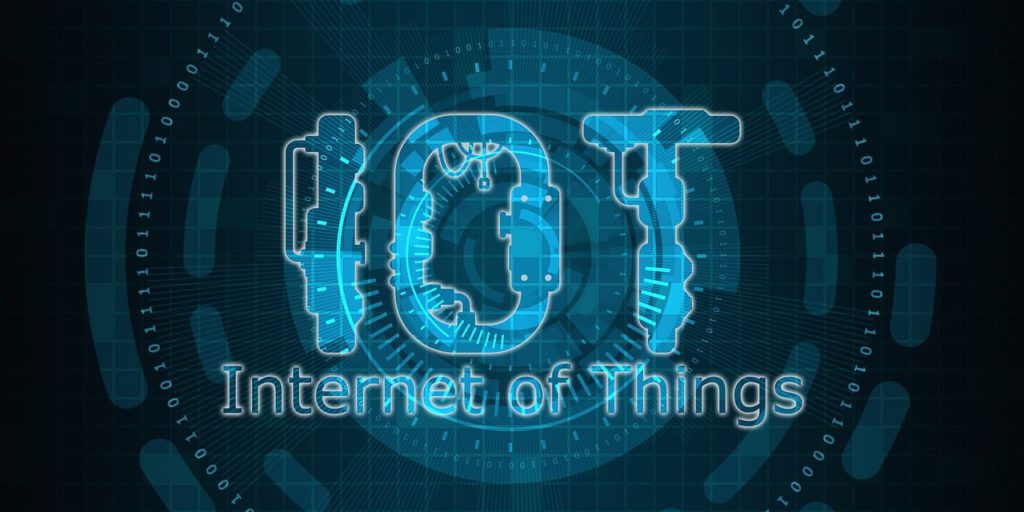
Imagine walking into a home that adjusts to your preferences automatically. IoT technology creates intelligent networks with real-time data collection and machine-to-machine communication, transforming how we interact with our surroundings. To see how IoT is being implemented in homes, explore these 21 smart gadgets under $50 that make your home more efficient. Manufacturing facilities have slashed downtime by 50% through predictive maintenance.
Smart buildings cut energy consumption by 30%. Healthcare providers reduce hospital readmissions by 25% through remote monitoring. Market analysts predict $1.6 trillion by 2025 with 75 billion IoT devices connecting our world. Security vulnerabilities threaten 57% of IoT devices, while interoperability and privacy concerns demand attention. Solving these challenges will unlock unprecedented innovation across industries.
17. Edge Computing

The lag time that plagues critical applications find its solution in edge computing. This distributed approach brings processing power closer to data sources, enabling self-driving cars to make split-second decisions. Industrial automation efficiency jumps by 10-20% with near-instant feedback. Analysts expect the market to explode to $61.14 billion by 2028. Companies will process 75% of enterprise data at the edge by 2025, slashing network latency by 40%. While distributed networks present complex management challenges and require substantial infrastructure investment, the performance gains for time-sensitive applications justify the commitment.
16. Blockchain Technology

If you’re concerned about data security and transparency, blockchain technology offers a revolutionary solution. This decentralized ledger uses precision cryptography to create immutable records across industries. Supply chains have reduced fraud by up to 82% through enhanced traceability. Financial institutions execute secure transactions through smart contracts. Healthcare organizations protect sensitive patient data with unmatched integrity.
The market will likely surge to $67.4 billion by 2026, with 55% of healthcare applications implementing blockchain by 2025. Energy consumption remains problematic—Bitcoin alone uses 0.5% of global electricity—and some networks handle just 7 transactions per second. Engineers worldwide race to overcome these limitations and unlock blockchain’s transformative potential.
15. Augmented Reality (AR) and Virtual Reality (VR)
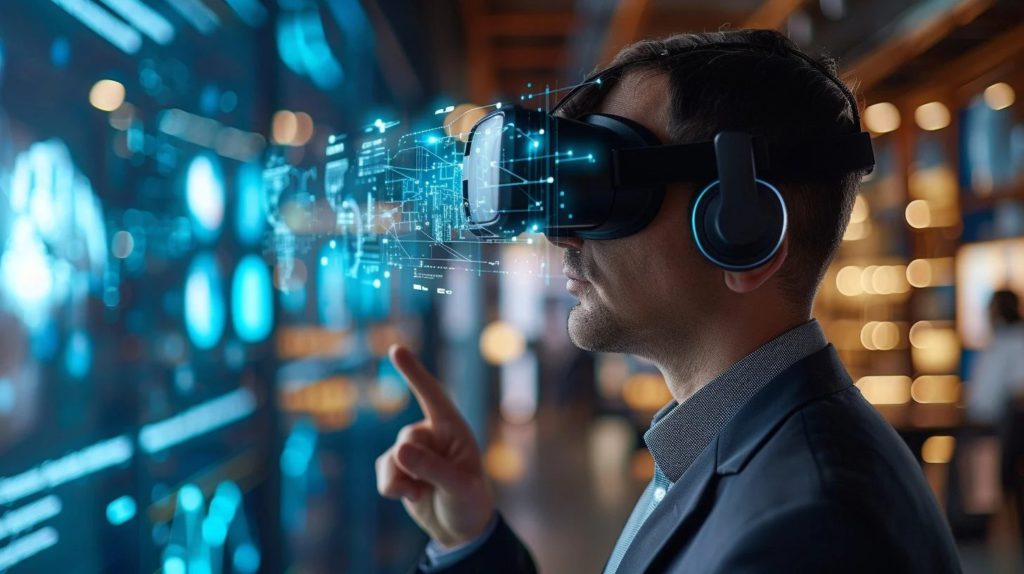
Training new employees traditionally takes weeks, but AR/VR cuts that time in half while improving effectiveness by 75%. Surgeons perform procedures with 26% greater precision using these immersive technologies. Retailers boost conversion rates by an astonishing 94% through virtual try-ons. Industry analysts project market growth to $97.76 billion by 2028, with 1.7 billion AR-enabled devices entering the market by 2024.
Equipment costs continue to fall dramatically, democratizing access despite ongoing challenges with motion sickness and eye strain for some users. AR/VR’s expanding application across education, healthcare, and entertainment signals a fundamental shift in how humans interact with digital information.
14. Quantum Computing

A quantum computer can solve in seconds what would take traditional supercomputers thousands of years. This revolutionary technology harnesses qubits and quantum principles to tackle previously impossible computational challenges. Pharmaceutical companies will revolutionize drug discovery. Cryptographers will develop unbreakable security protocols. Financial analysts will optimize complex models with unprecedented precision.
The quantum computing market could reach $64.98 billion by 2030, with 20% of forward-thinking organizations already allocating budget. Technical hurdles remain significant—systems require temperatures near -273°C and struggle with error rates—yet recent breakthroughs suggest quantum computing might soon reduce battery charging times by 200% and solve problems that have stymied humanity for generations.
13. Robotic Process Automation (RPA)
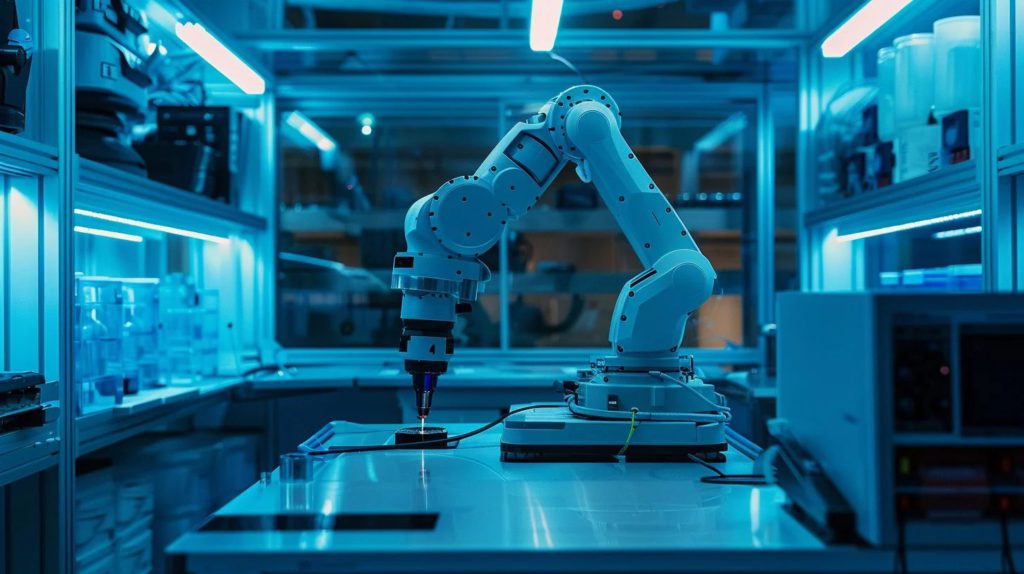
Tired of repetitive tasks eating away your productive hours? RPA deploys software robots that mimic human actions to free up your time for more creative work. Companies slash processing time by 80% while boosting data entry accuracy to 99.9%. Finance teams compress accounting processes from days to minutes. Customer service bots respond to inquiries 24/7 without fatigue or frustration.
The market has skyrocketed from $1.89 billion in 2020 to an anticipated $13.74 billion by 2028. Organizations typically achieve ROI of 250% within just 12-18 months after implementation. While initial setup requires investment, the dramatic productivity gains, error reduction, and employee satisfaction improvements transform how businesses operate across sectors.
12. Enhancing Cyber Security

With the average data breach now costing companies $4.24 million, cybersecurity has never been more critical. Modern protection systems incorporate AI-driven detection and zero-trust architecture to counter increasingly sophisticated threats. Organizations reduce breach detection time by 74% and improve incident response speed by 59%. Advanced systems block 99% of phishing attacks before they reach users.
The market will likely exceed $345.4 billion by 2026 as 60% of organizations experienced attacks in 2021 alone. Security teams continuously innovate defensive strategies, creating an ongoing technological arms race where protecting digital assets demands ever more sophisticated approaches.
11. Sustainable Technology

The climate crisis demands innovative solutions, and sustainable technology delivers exactly that. Green tech minimizes environmental impact while often reducing operational costs. Solar panels now generate electricity at lower costs than fossil fuels in many regions. Recycling facilities transform waste streams into valuable resources through advanced sorting algorithms and materials science.
Water purification systems bring clean water to communities worldwide. Investors will pour capital into this sector, driving growth to $36.6 billion by 2027. Though infrastructure development requires significant upfront investment, the combined environmental benefits and economic opportunities make sustainable technology an increasingly attractive proposition for both planetary and financial health.
10. Human Augmentation

Your body’s natural capabilities can now be extended through cutting-edge human augmentation technologies. Workers equipped with exoskeletons lift heavy loads without injury risk. Athletes monitor performance metrics in real-time through advanced wearables. Patients with paralysis control devices directly through brain-computer interfaces.
This rapidly expanding market will likely reach $298.50 billion by 2027. Wearable technology alone—valued at $116.2 billion in 2021—should surge to $265.4 billion by 2026. Researchers actively address accessibility barriers and privacy concerns while exploring new frontiers where human biology and technology converge to create capabilities previously confined to science fiction.
9. AI-Augmented Development
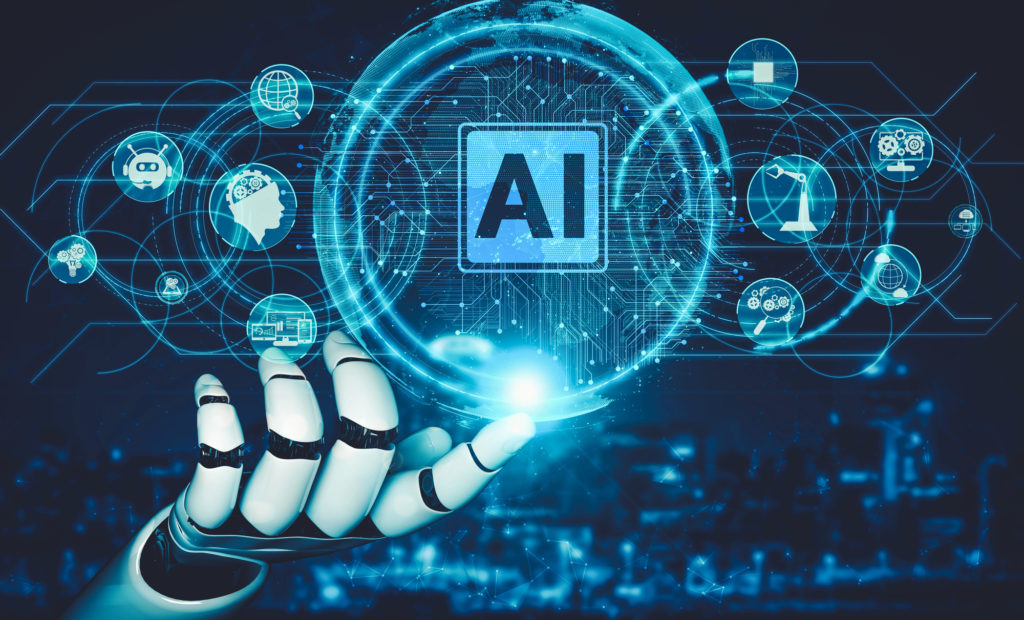
Writing error-free code traditionally required years of experience, but AI-augmented development tools now give even novices a helping hand. These intelligent assistants generate code snippets, detect bugs before deployment, and suggest optimizations human developers might miss. Testing suites automatically identify edge cases and vulnerability risks.
GitHub Copilot attracted over 1 million users in its first year alone, with 88% reporting significant productivity gains. Rather than replacing human programmers, these tools amplify their capabilities—handling routine tasks while allowing developers to focus on creative problem-solving and architecture. The human-AI partnership creates better software faster than either could produce independently.
8. Industry Cloud Platforms
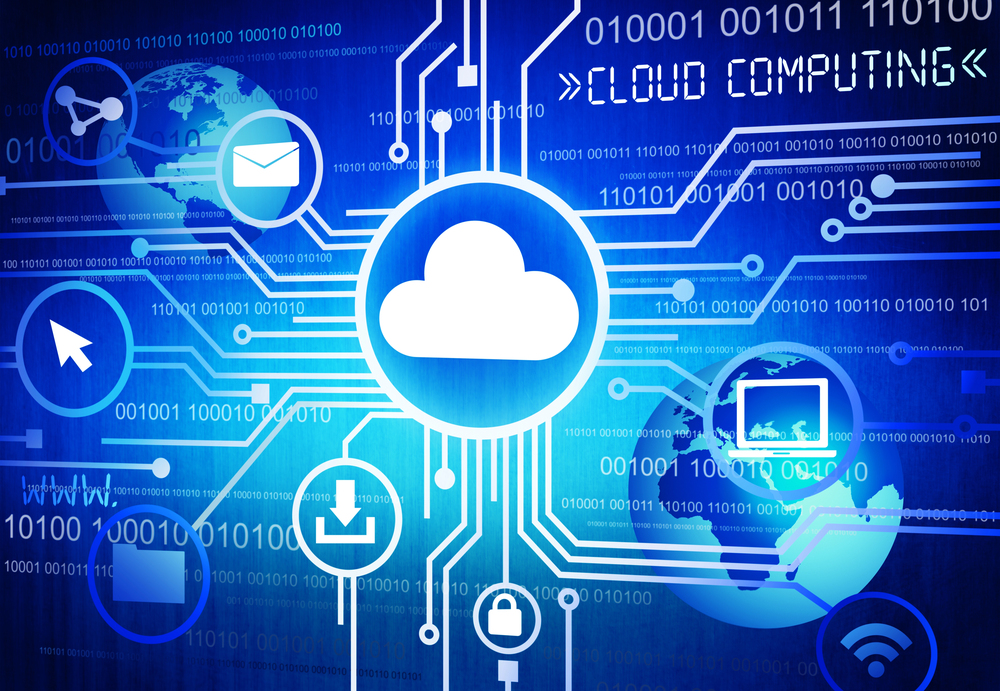
The healthcare industry faces unique regulatory challenges that generic cloud solutions can’t efficiently address. Industry cloud platforms solve this problem by embedding specialized tools for compliance, security, and domain-specific workflows directly into the architecture. Hospitals deploy HIPAA-compliant environments instantly.
Financial institutions integrate pre-built fraud detection. Manufacturing operations connect shop floors through industry-standard protocols. Analysts predict market growth to $115 billion by 2025, with 65% of organizations adopting these specialized environments by 2027. While data security concerns and cross-platform compatibility demand ongoing attention, the productivity gains and accelerated digital transformation these platforms enable drive adoption across regulated industries worldwide.
7. Smart Apps
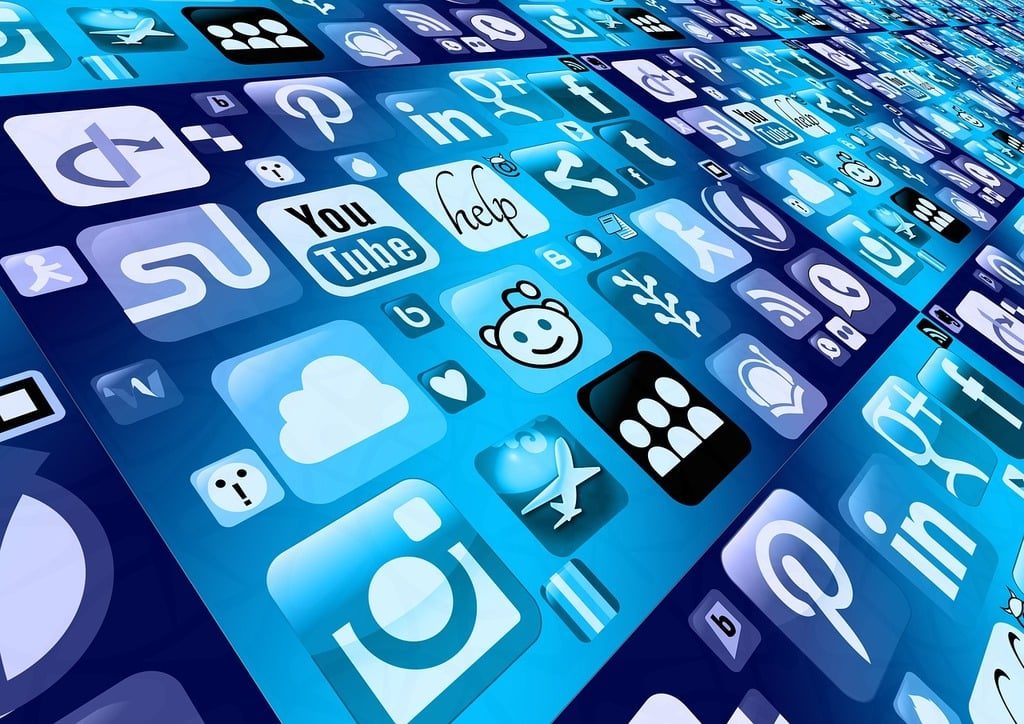
When you open a retail app that immediately shows products matching your style, you’re experiencing the power of smart applications. These AI-driven tools analyze behavior patterns to deliver hyper-personalized experiences. Investment apps recommend financial strategies aligned with your specific goals and risk tolerance. Health platforms detect subtle changes in your metrics to suggest preventive interventions. Shopping assistants learn your preferences to streamline purchasing decisions.
Developers will grow this market to $84.4 billion by 2026, capitalizing on the fact that 85% of users prefer personalized experiences. In-app purchases alone will generate $74 billion by 2025. While balancing convenience with privacy presents ongoing challenges, smart apps continue reshaping how we interact with digital services across every aspect of daily life.
6. Democratized Generative AI
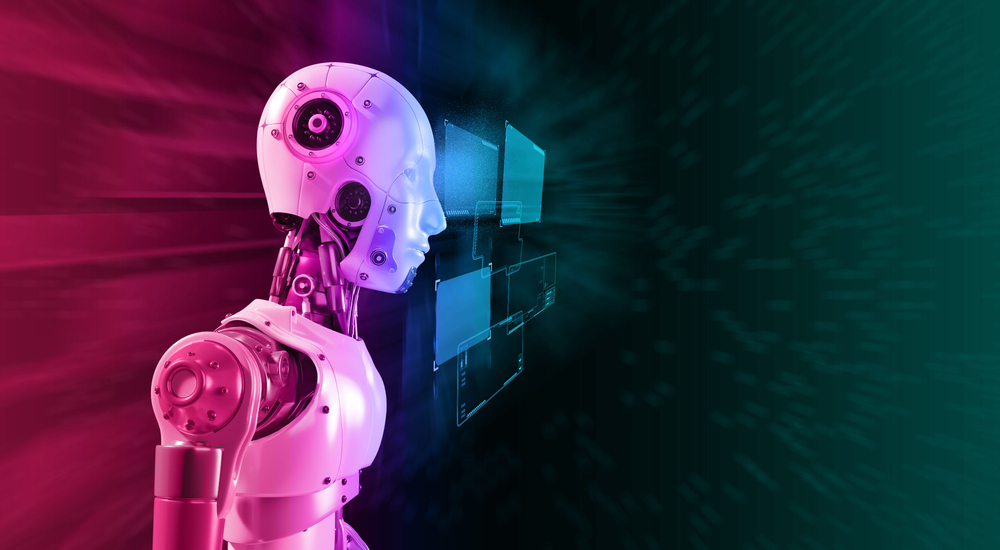
Creating professional-quality art once required years of training, but generative AI puts that power in everyone’s hands. Writers produce polished content in seconds. Designers generate dozens of concepts in minutes. Programmers build complex applications through conversational interfaces. This technological revolution enables businesses and individuals to create with unprecedented ease, regardless of technical background.
The global market will likely surge to $126.5 billion by 2031, fueled by tools like ChatGPT with its over 100 million monthly users. While copyright questions and ethical boundaries require careful navigation, generative AI’s economic impact—estimated at $4.4 trillion annually—signals a fundamental transformation in creative production across every industry.
5. Continuous Threat Exposure Countermeasure (CTEC)

The days of periodic security scans leave dangerous gaps that CTEC technology eliminates entirely. Instead of point-in-time assessments, these systems continuously hunt for vulnerabilities, automatically deploy patches, and adapt defenses in real-time. Banks protect financial data from evolving threats. Hospitals secure patient records against sophisticated attackers. Government agencies shield sensitive infrastructure from state-sponsored hackers.
The global CTEC market will expand to $18.3 billion by 2027 as organizations recognize its value—those using AI-driven security save $3.58 million per data breach on average. Though implementing comprehensive protection requires substantial resources, CTEC’s ability to dramatically reduce successful attacks makes it essential in today’s threat landscape.
4. AI Trust, Risk, and Security Management (AI TRiSM)
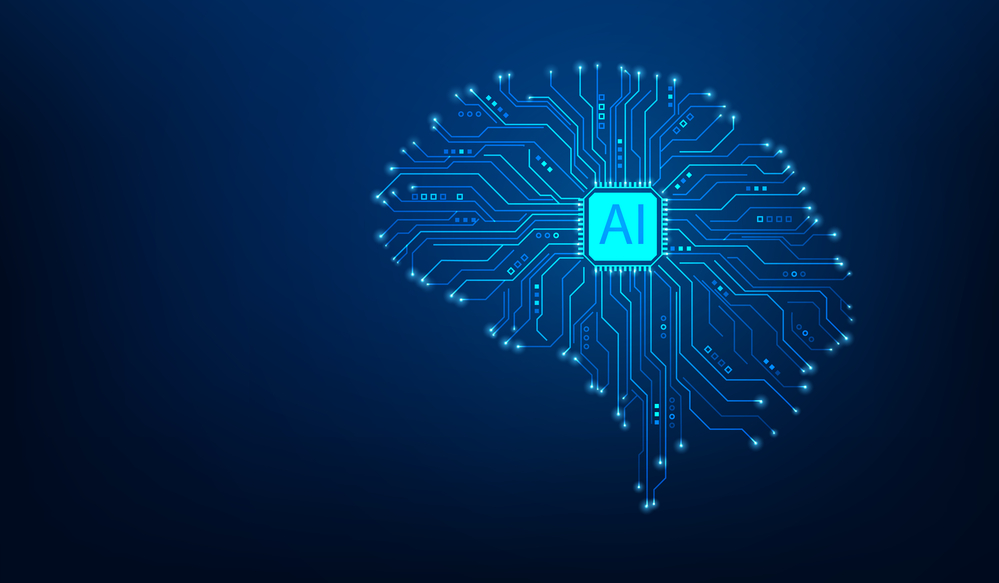
Algorithmic bias can perpetuate discrimination, but AI TRiSM frameworks provide the solution. Organizations implement these governance systems to ensure AI makes fair, transparent decisions. Hiring algorithms avoid demographic prejudice. Lending systems apply consistent approval criteria regardless of race or gender. Healthcare AI treats all patients equally. Industry experts predict 80% of organizations using AI will adopt TRiSM frameworks by 2025.
While achieving complete algorithmic transparency presents formidable technical challenges, the emerging field of AI ethics creates new career opportunities and establishes crucial guardrails for responsible deployment. As AI systems increasingly make consequential decisions, robust governance frameworks become essential for maintaining public trust.
3. Platform Engineering
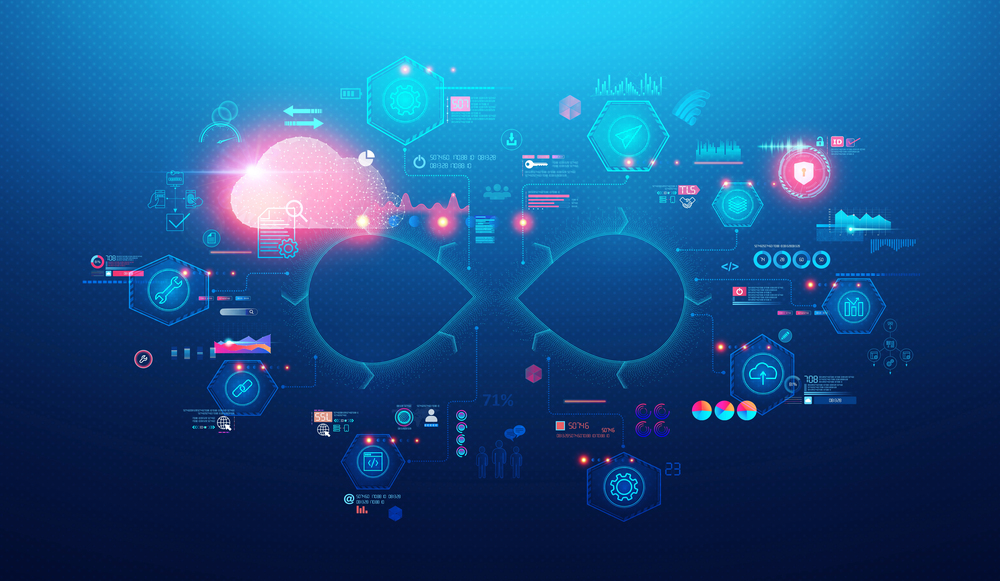
When developers spend more time battling infrastructure than writing code, platform engineering steps in to solve the problem. Teams create internal developer platforms that abstract away complexity with self-service portals, infrastructure-as-code, and automated provisioning. Engineers deploy applications with a few clicks instead of complex manual processes. DevOps teams manage environments at scale through standardized templates.
60% of large enterprises will implement platform engineering by 2026, growing the market to $6.9 billion by 2027. Organizations that successfully adopt platform engineering approaches dramatically accelerate software delivery, improve developer satisfaction, and create competitive advantages through technology enablement.
2. Machine Customers

Your refrigerator might soon be ordering groceries without your intervention. Machine customers—AI-powered systems making autonomous purchase decisions—are revolutionizing commerce across sectors. Smart buildings automatically order maintenance supplies. Factory equipment requests replacement parts before failures occur. Connected vehicles schedule their own service appointments.
Business strategists predict these automated buyers will handle 15% of B2B transactions by 2025, creating a $45 billion market for IoT-enabled purchasing by 2026. While questions about accountability, authorization limits, and security protocols require careful consideration, organizations implementing machine customer initiatives report significant procurement efficiency gains, reduced supply chain disruptions, and improved resource utilization.
1. Augmented Connected Workforce

If you’re still relying solely on email for team collaboration, you’re missing the productivity revolution. Modern organizations equip their teams with integrated technology ecosystems that amplify human capabilities. Remote workers collaborate in immersive digital environments. Field technicians access equipment schematics through AR glasses. Factory workers receive safety alerts through wearable sensors.
Employers will invest heavily in this space, driving the connected worker market to $8.9 billion by 2026. 70% of organizations have begun implementation plans, particularly in manufacturing, logistics, and field service. Enterprise wearable technology alone will generate $41.1 billion by 2027. The most successful implementations carefully balance productivity monitoring with employee privacy, creating technology-enhanced workplaces that improve both business outcomes and worker well-being.




























